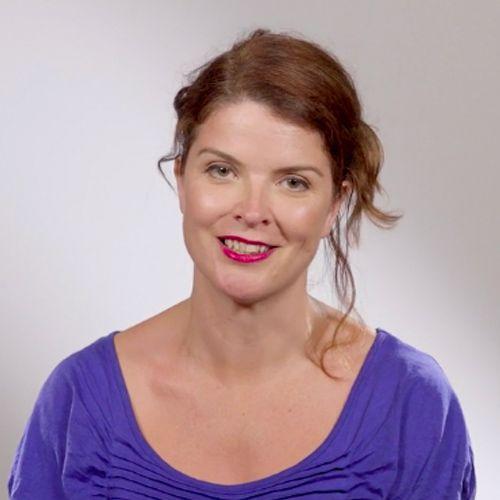Learning objective
- To understand a simple description of hair and eye colour.
Success criteria
- I can recognise a picture of someone from
This content is for subscribers only. Join for access today.
National curriculum
Languages
Pupils should be taught to:
- Listen
This content is for subscribers only. Join for access today.
Cross-curricular links
None.
This content is for subscribers only. Join for access today.
Before the lesson
This content is for subscribers only. Join for access today.
Lesson plan
Recap and recall
Display the Presentation: Who is it? Talking in pairs, ask the children to take turns to choose and describe one of the pictures for their partner to guess, saying in French whether he or she is happy or serious.
This content is for subscribers only. Join for access today.
Extended-mode explainer videos
How to extend your display to view the lesson page and preseantion mode simultaneously. Choose your operating system below to watch the video
If you need further support with extending your display,
please contact [email protected].
Extended-mode explainer video: For Mac
Extended-mode explainer video: For Windows
Adaptive teaching
Pupils needing extra support
Could identify the correct portrait through the use of actions by the teacher (for example, pointing to hair for les cheveux or the colour black for noirs).
Pupils working at greater depth
Could be challenged to describe a picture independently, ensuring that they use the correct adjectival agreement, for example, les yeux bleus – blue eyes.
This content is for subscribers only. Join for access today.
Assessing progress and understanding
Pupils with secure understanding indicated by: identifying a person correctly from a
This content is for subscribers only. Join for access today.
Vocabulary and translations
-
il a
he has
-
elle a
she has
This content is for subscribers only. Join for access today.

